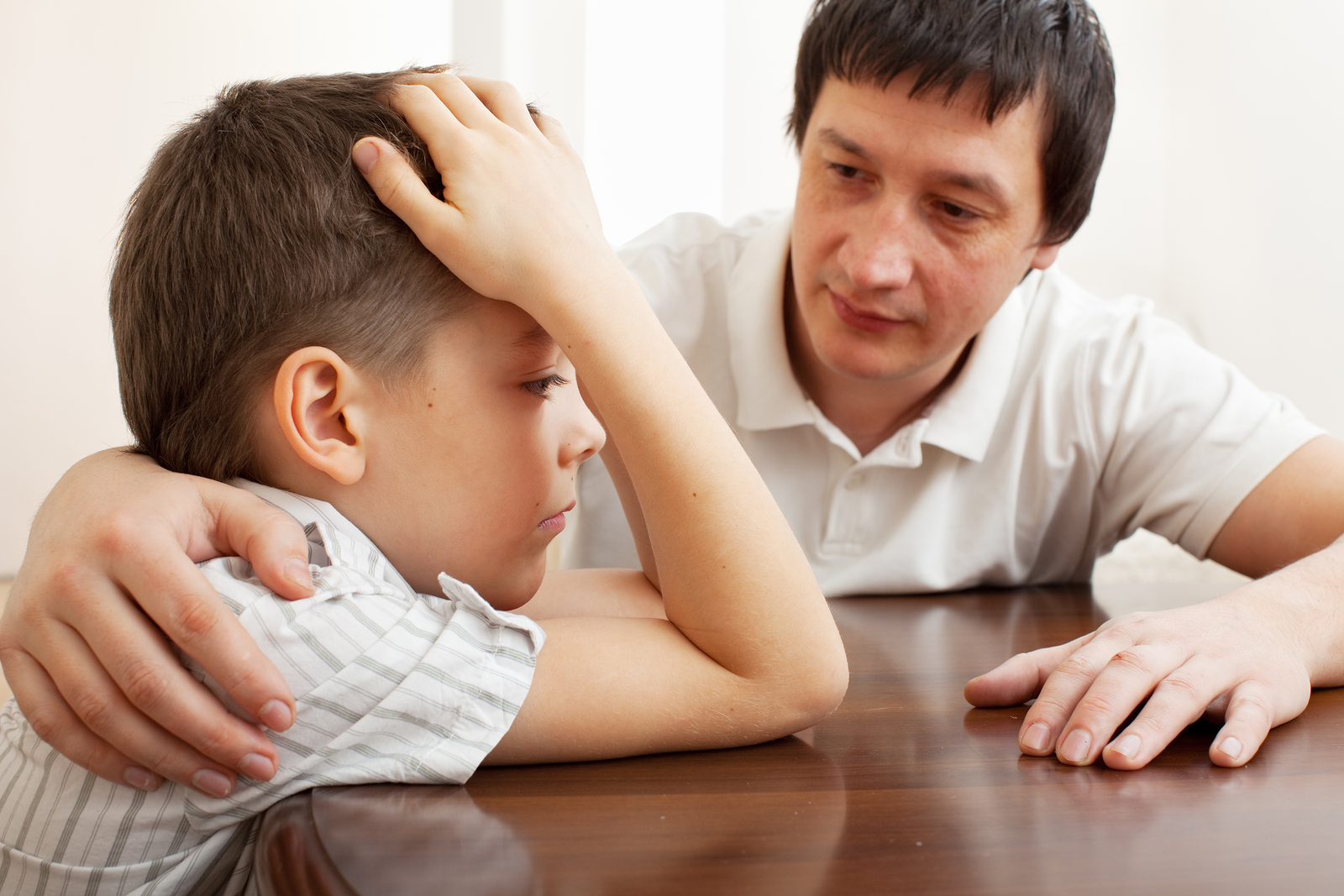
Bigstock



Today, local, national or international tragedies happen so frequently that they can feel almost commonplace. When a hate crime, mass shooting, act of terrorism or other terrible and hate-inspired event occurs, one of the first questions many people ask is, what should we tell the children? How can we explain to them what has happened?
Despite our best efforts to protect youth from the details of hate-motivated events, we can never assume that they are unaware of what is happening around them. Through the internet, social media and mobile communication, youth—even very young children—quickly become aware of events of significance in their community and world, and need opportunities to process their feelings and share their fears in sensitive and age-appropriate ways.
Feelings of fear, powerlessness and vulnerability are common experiences all people share whenever acts of hatred, terrorism, or mass shootings occur, and feelings are personally compounded when the perpetrators are targeting a specific group of people to which we may identify. Children and teens are not immune to these feelings, but adults can help by providing information that answers their questions, giving them opportunities to express how they feel, reassuring them that adults in their lives are working to keep them safe, and helping them channel their feelings into positive actions in their own lives and communities.
Before any discussion begins, every effort should be made to create an environment where children will feel comfortable expressing their feelings and views. The strategies and tools in Creating an Anti-Bias Learning Environment provide a useful resource.
Every child’s development follows a varied and unique pace, and the skills needed to dialogue effectively with them evolve as they grow. When incidents of hate, acts of terrorism and acts of bias-motivated violence occur in your community or in the broader society, children and teens necessarily have concerns and fears. Consider the needs, challenges and individual personalities of the young people in your life before deciding how to approach the conversation. And, when beginning the conversations, take a few minutes for your young person to think about some rules that would help them to feel safe, especially when they want to talk about issues that may be scary or unfamiliar to them. As they make suggestions, you may want to write them down.
Prior to engaging in a discussion about the ideas and feelings of young people about a recent incident of violence or hate, it is helpful to create ground rules that promote a safe and supportive atmosphere where youth feel comfortable and where they perceive that their ideas and feelings are accepted and valued. As a family member engaging in these conversations, you will not need formal “ground rules” but it is important to set a tone of safety, respect, listening and confidentiality.
How can we begin and continue conversations about terror and violence with youth? What can we say or do to help our young people feel safe?
Below are some additional recommendations to guide discussions with children and teens:
Ground Rules for Discussion (English, Spanish): Help upper elementary, middle and high school students create a safe and supportive atmosphere for discussing and dealing with the aftermath of hate incidents and where they perceive that their ideas and feelings are accepted and valued.
Balancing the Good and the Bad (English, Spanish): Upper elementary school students investigate some of the bad and hateful things that happen in society as well as good or helpful things that people do to fight hate.
The Trouble with Stereotypes (English, Spanish): Upper elementary school students examine how people develop stereotypes and how they can lead to prejudice and other hate behaviors.
Remembering Those Hurt by Hate (English, Spanish): Middle and high school students consider people who have been hurt by hate and create a unique way to express their hopes that such events will not happen again.
The Escalation of Hate (English, Spanish): Middle and high school students examine the escalating nature of hate and consider the difficulty of stopping the progression once it begins.